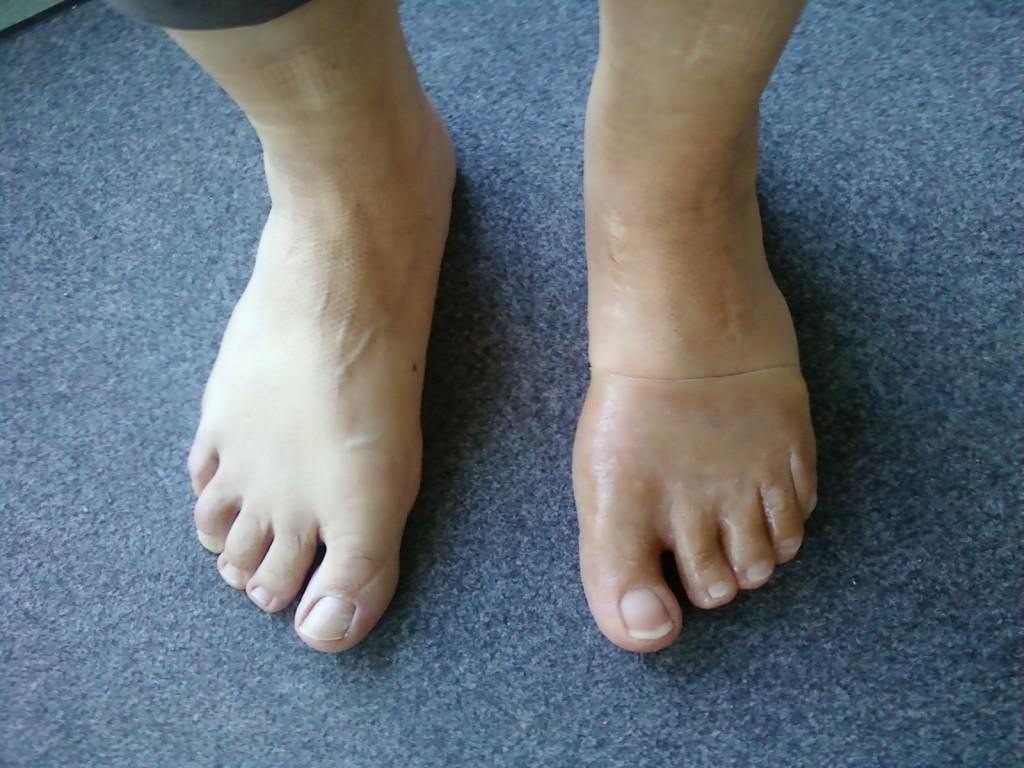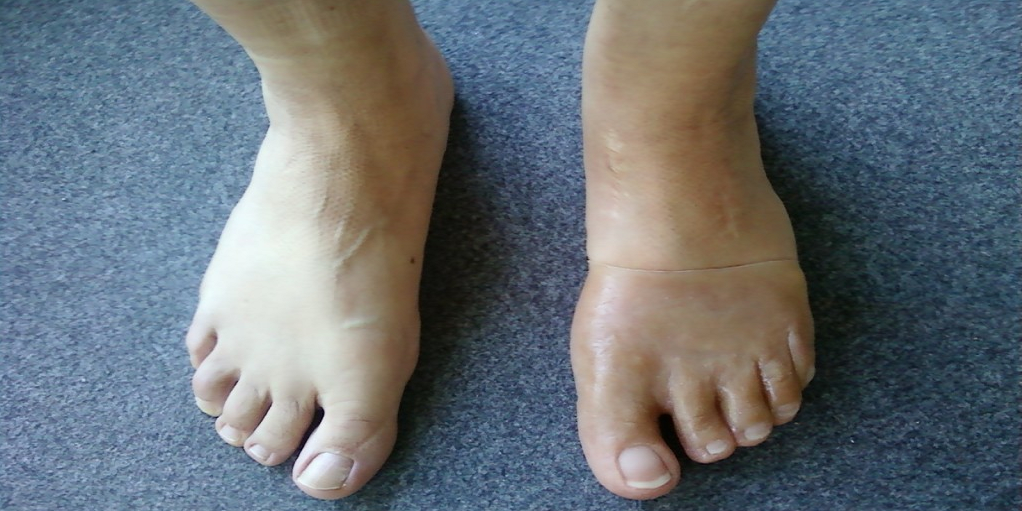
Italian sculptor and prosthetics maker Erica Buzzi has been working for several years, in collaboration with orthopedic technicians and a group of other artisans interested in this area, to create high definition silicone prosthetics. Rather than approaching the creation of these prosthetics as an opportunity only available to those with significant amounts of money to throw at it, Buzzi is hoping to continue to refine the process in such a way that the costs will be lowered and the pieces will be much more widely available.
She shared her vision with 3DPrint.com:
“The Italian National Health System doesn’t cover these kinds of prosthetics or only minimally compared to the market prices. My goal was to find the best technology at the lowest cost to apply to the production of silicone prosthesis for amputees. And maybe, at the same time, to provide prostheses at lower costs because most of the time this type of prosthesis are very expensive and [purchased] at the expense of the patient.”
This expense is so high partly because the technology used to create them is not yet part of the mainstream prosthetics production process. This means that the volume at which the prosthetics can be produced is too low to exert a downward pressure of the price. As the people become aware of the availability of such high-quality pieces, a rise in demand should lead to greater production and even higher quality. Or at least, that’s Buzzi’s hope.
Buzzi described the difficulties in just this step alone:
“Locat[ing] a scanner to make silicone implants [in] high definition is still not a simple thing. There are several scanners on the market, but not yet [one] suitable for this specific use…Either they are too expensive and thus out of business or not sufficiently accurate in reporting the details of the skin, folds, and wrinkles and maintaining measures.”
Despite these difficulties, Buzzi is making progress towards developing a process that allows for maximum success given the available technologies. From the medium definition scan, a mold for the prosthesis is 3D printed on a Delta Wasp 20 x 40 with a definition of .1 mm. The mold itself is created in PLA and then filled with gypsum to create a hardened model over which silicone is applied. The prosthetic is then hand finished for details from skin color matching to the addition of things such as toe or finger nails.
What are your thoughts on these prosthetics? Let us know in the 3D Printed Silicone Prosthetic forum thread on 3DPB.com.
